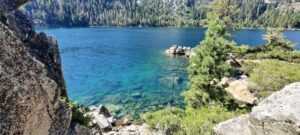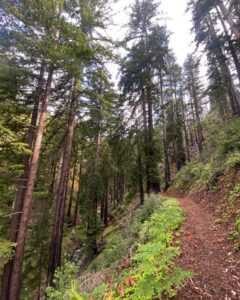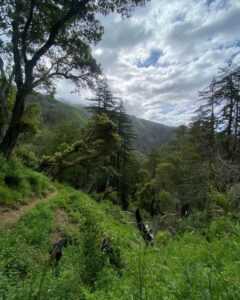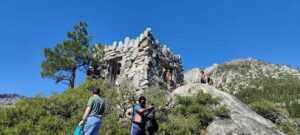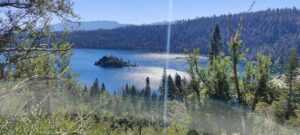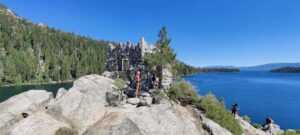Introduction
Emerald Bay State Park, nestled on the southwestern shore of Lake Tahoe, is renowned for its stunning natural beauty and rich history. Whether you’re an avid hiker, water sports enthusiast, or simply seeking breathtaking vistas, this guide will ensure you make the most of your visit.
Getting There and Parking
Getting to Emerald Bay State Park is part of the adventure. From Highway 89, follow the signs leading to the park entrance. During peak seasons, parking can be limited, so arrive early or consider alternative transportation options.
Best Time to Visit
The best time to visit Emerald Bay State Park is during the summer and early fall months when the weather is mild and the park’s amenities are fully operational. Spring offers stunning wildflower displays, while winter transforms the landscape into a peaceful wonderland ideal for snowshoeing and photography.
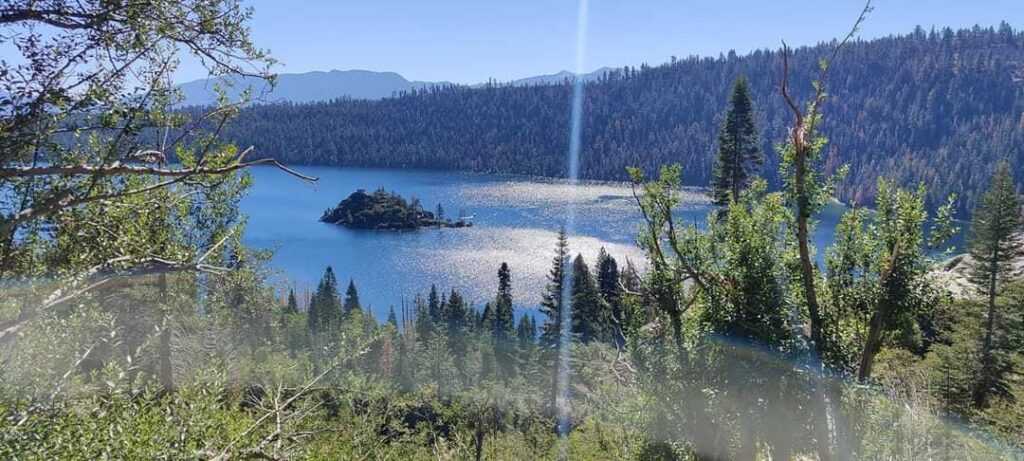
Activities and Things to Do
Hiking Trails
Emerald Bay boasts a network of trails suitable for all skill levels. The Rubicon Trail, a favorite among visitors, offers breathtaking views of the lake and access to historic sites like Vikingsholm Castle.
Water Activities
From swimming in the crystal-clear waters to kayaking along the bay’s rugged coastline, water activities abound at Emerald Bay. Rentals are available onsite, and designated areas ensure a safe and enjoyable experience for all.
Sightseeing
No visit to Emerald Bay is complete without exploring Vikingsholm, a Scandinavian-style mansion nestled along the shoreline, or hiking to Eagle Falls, a picturesque waterfall cascading into the bay.
Where to Stay
Camping Options
For those seeking an immersive outdoor experience, Emerald Bay State Park offers campsites with stunning lake views. Reservations are recommended, especially during peak season, and facilities include fire pits, picnic tables, and restrooms.
Lodging
Nearby accommodations range from cozy cabins to luxurious resorts, each offering proximity to the park and amenities tailored to enhance your stay.
Dining and Facilities
Picnic Areas
Scattered throughout the park, picnic areas provide scenic spots to enjoy a meal amidst towering pine trees and panoramic lake views. Pack a picnic basket or utilize onsite grills for a memorable dining experience.
Restaurants
Several dining options are available within and near the park, offering everything from casual bites to gourmet meals. Don’t miss the chance to savor local cuisine and unwind after a day of exploration.
Safety and Regulations
Park Rules
To preserve the park’s natural beauty, visitors are encouraged to adhere to posted regulations regarding wildlife interaction, littering, and fire safety. Conservation efforts ensure future generations can enjoy Emerald Bay’s splendor.
Safety Tips
Whether hiking the rugged terrain or enjoying water activities, safety should always be a priority. Stay hydrated, wear appropriate footwear, and familiarize yourself with emergency contacts and park guidelines to ensure a safe and enjoyable visit.
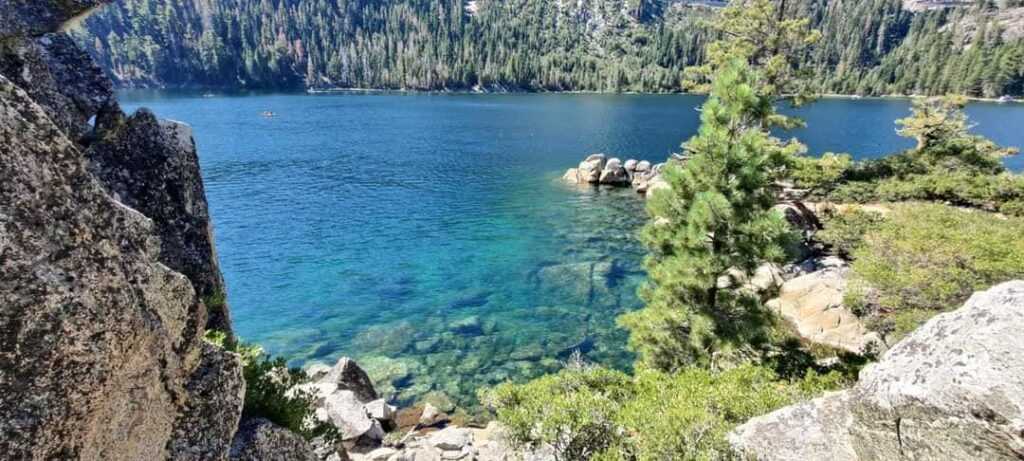
Conclusion
Emerald Bay State Park offers a perfect blend of natural wonders and outdoor recreation, making it a must-visit destination for adventurers and nature enthusiasts alike. Whether you’re exploring historic landmarks, embarking on scenic hikes, or simply relaxing by the lake, the park promises an unforgettable experience.
FAQs About Emerald Bay State Park:
Getting to Emerald Bay State Park is accessible by car via Highway 89, which runs along the western shore of Lake Tahoe. Parking is available near the park’s main attractions.
The best times to visit Emerald Bay State Park are during the summer and early fall months when the weather is mild, and outdoor activities are in full swing.
Yes, the park offers limited camping facilities at nearby campgrounds. Reservations are recommended, especially during peak seasons.
Swimming is allowed in Emerald Bay’s clear waters, providing a refreshing way to cool off during the summer months. However, water temperatures can vary, so swimmers should exercise caution.
Yes, guided tours of Emerald Bay State Park are available seasonally, offering insightful narratives about the park’s history, ecology, and points of interest.

